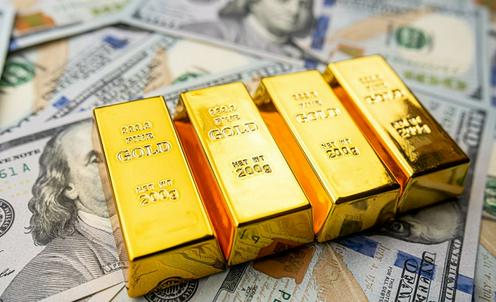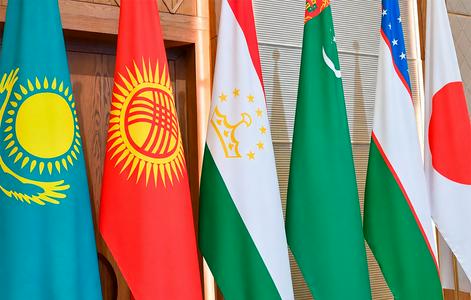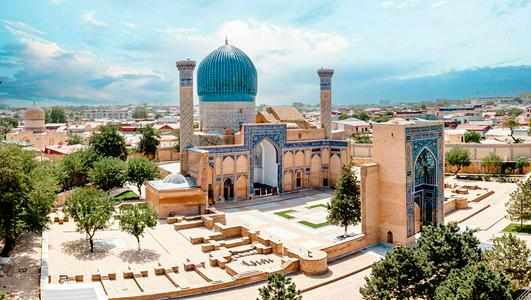By the end of 2024, Uzbekistan's international reserves increased by $6.6 billion, reaching a total of $41.2 billion. However, the foreign currency component of the reserves decreased by $734 million. The positive dynamics were driven by the rise in global gold prices, according to the report from the Central Bank of Uzbekistan.
Analysts report that during this period, the current account deficit amounted to $5.7 billion, which is lower than the previous year ($7.8 billion). This improvement was due to a reduction in the negative trade balance, which remained almost at the same level due to faster export growth and increased inflows from abroad.
In terms of trade, Uzbekistan increased its exports by 4.5% to $26.2 billion, excluding gold, the exports of which exceeded $18.5 billion. The Central Bank highlights the positive price trends for metals last year: gold rose by 23%, silver by 21%, and uranium by 42%. On the other hand, cotton, a key raw material for the textile industry, dropped by 9%.
Labor migration also contributed positively to the economy. The increase in transactions is attributed to higher wages abroad, driven by demand for labor. Additionally, the redistribution of migration flows also had a positive impact on primary and secondary incomes. These indicators reached $1.1 billion and $10.6 billion, respectively. Primary income could have been higher, but the profits from foreign investments withdrawn from the country by non-residents influenced the figures.
Foreign direct investment increased by 32%, reaching $2.8 billion, while portfolio investments reached $3.1 billion, primarily due to operations with international eurobonds.
The Central Bank also reported that in 2024, Uzbekistan's total external debt amounted to $64.1 billion, with the government debt at $33.9 billion and corporate debt at $30.2 billion.
The financial regulator presented a forecast for the current year, predicting a real GDP growth of 5.5-6% and a 5-6% increase in final consumer spending.
The volume of imports is expected to rise by 8-10% compared to current levels, while exports will grow by 10-12%. If high gold and metal prices are maintained, raw materials will continue to dominate, while services such as tourism, transportation, logistics, communications, and IT are expected to drive export growth.
Furthermore, international remittances from labor migrants to Uzbekistan are forecasted to increase by 10-15%.










